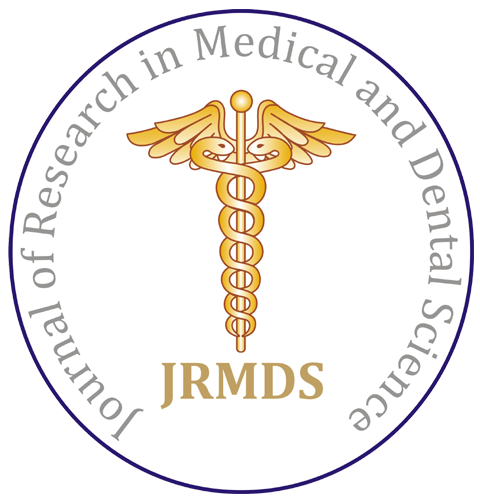Author(s): Zahra Mirzaeia, Arastoo Badoei Dalfard* and Zahra Karami
Abstract
The purpose of this study is to employ the surface response approach to maximize the production of bacterial fibrinolytic enzyme. The Bacillus KDm99 bacterium stock was cultivated in nutrient broth, solid medium (nutrient agar-casein), and a special medium containing: peptone (0.5g), casein (0.1g), MgSO4 (0.02g), NaCl (0.02g), and KH2PO4 (0.05g). It was shown that the solid media had protease activity. The greatest protease activity was seen at a concentration of 50 microliters of enzyme with concentration (66.02 micro mole/min), 50 microliters of casein substrate with concentration (0.1%), 200 microliters of PBS-40 mm buffer with pH=8, and 300 microliters (Trichloroacetic acid)(5%) In order to optimize the bacterial growth environment for optimum enzyme synthesis, variables including supplies (carbon, nitrogen sources, metal ions, temperature, pH, agricultural residues, and animal fertilizers) were investigated. Following inoculation and 48 hours of incubation in a shaker incubator, the greatest efficiency of bacterial growth and enzyme production was assessed. The response method of variables at various levels has been modeled using the software (Design-Expert v13.0.0.0) in the presence of 0.5 mm NaCl concentration, Tween-20 organic solvent; body shampoo detergent (Zi- Musk) and ion’s KH2PO4, FeSO4 enzyme Maximum activity and stability are displayed. Also, it was determined that Km is equivalent to 0.3 micromole and that Vm is equal to 0.8 micromole/min. The first hour saw an 80% maintenance of the temperature stability of the enzyme activity at 60°C, and the greatest enzyme activity was observed at pH=6 of the PBS buffer
